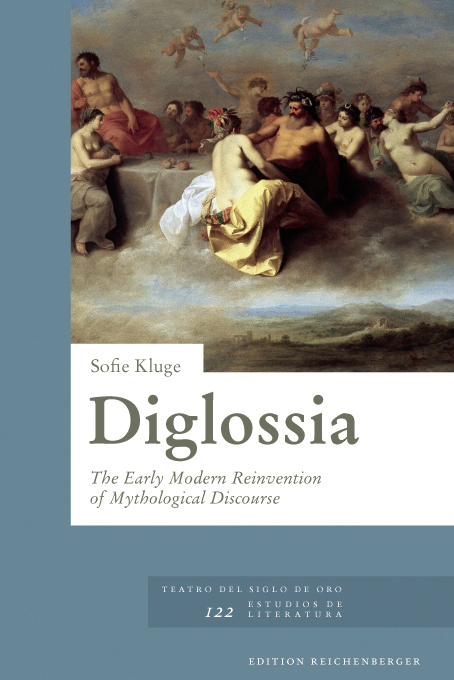|
Parallel with the mythological vogue in contemporary art, late sixteenth-century and early seventeenth-century European literature virtually overflowed with texts based on the narrative treasurehouse of ancient mythology. After more than a millenium, poems and plays swarmed again with lascivious gods and death-defying heroes; burning desires and violent deaths; paederasty and incest; adultery, rape, and murder. With very few exceptions all the greatest authors of the day dedicated themselves to mythological pursuits, creating some of the most astonishing and significant but also hermetic works ever to have been written in the European languages. Indeed, this literary trend was both so consistent and so extensive that we may speak of a virtual early modern "mythological literature": a wide-branched organism of generically varied literary variations on the Ovidian fables. The book Diglossia. The Early Modern Reinvention of Mythological Discourse aims to answer the basic research questions: "Why did this mythological literature arise at this particular time?" and "What are its constants and variants?"
CONTENTS
MYTH
I. Mythological Literature – Topic, Theory, Method
The Topic — The Scholarship — This Book — A Cartography of Myth — The Map and the World
II. The Discourse of Myth – Antiquity, Middles Ages, Early Modern Period
The Beginning — The Phaedrus — Pagan Mythography after Plato — Christian Era — Early Modern Spain
DESIRE
I. Obscure Configurations of Desire – The Baroque Mythological Sonnet
Baroque Lyric and Myth — The Spanish Love Sonnet — Three Examples — Antinomies of Baroque Desire
II. Eros in Various Attires – Quevedo’s Hero and Leander Poems
Recurrence of a Myth — Quevedo’s Transformation of the Sonnet Genre — Myth of Love, Allegory of Lust — Ambiguous Figures of Desire
FICTION
I. Mirror of Myth – The Baroque Epyllion
The Baroque Mythological ‘Fable’ — A Controversial Genre — The Opinion of the Theorists — Fiction, Image, and Myth in the Baroque
II. A Monstruous Tale – Mosaical Mythography in Góngora’s Polifemo
Tradition and the Individual Work — The Polifemo, Epitome of the Genre — A Beautiful, Self-Reflective Beast — Poetic Mosaic
TRAGEDY
I. Ambiguous Allegories – The Baroque Mythological Comedia
The Double Bind — The Serious Comedia — Myth and Tragedy — Ambiguity Brought into Play — Culture of Crisis and Tragic Taboo
II. The Trappings of Woe – Myth, Tragedy, and Allegory in Calderón’s Eco y Narciso
Dramatic Amphibology — Echoes and Reflections — Tragedy à la Calderoniana — Fatality and Jokes — Profane Truth and Transcendental Illusion — The ‘Comic Tragedy’ in Context
LITERATURE
I. The Modern Turn – Beyond Desire, Fiction, and Tragedy
Parodic, Heroicomic, Jocoserious, Burlesque Myth — The Question of Modernity — Birth of the Literary Institution
II. The Promised Land of Letters – A European Perspective
An Aetiology of Diglossia: Venus and Adonis — Excursus to Andalucia — The Aporia of Myth: Amor and Psyche — Another Precarious Issue |


